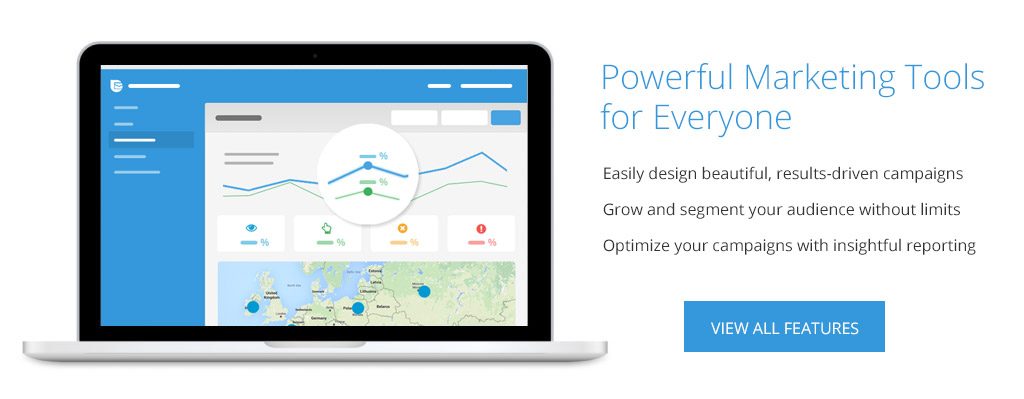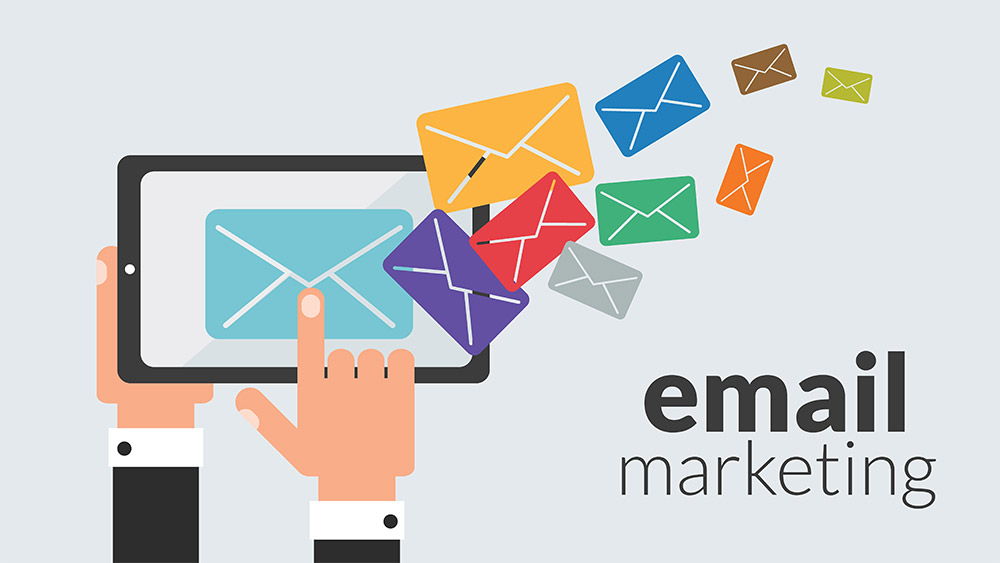Stay on Top of the Stats
Once you’ve established a mailing list, you’re in for the long haul, and the process of tracking and maintaining customer engagement begins. Effective marketing isn’t only about getting your voice and message heard—it’s about getting customers to respond.
Customer engagement largely depends on having high deliverability. Deliverability is a measure of the effectiveness of your emails. It includes getting the message into inboxes, open rates, click-through rates (CTRs), and unsubscribes. These stats will help monitor the success of your marketing.
Getting the message into the inbox is the first step, but just because it’s there doesn’t mean the customer will open and read what’s inside. Fortunately, there are email marketing tools to measure deliverability. Meet the marketer’s friendly little helper: analytics.
Email service providers and marketing platforms provide analytics of how often your message was opened, read, and clicked through. Navigating the stats is necessary follow-through for the marketing techniques, and knowing how to read the stats lets you know how to fine-tune your emails.
Aim for Great Open Rates
The open rate measures how often customers open your messages. A low open rate might indicate that readers are just deleting the message as soon as it appears in the inbox. The reader signed up to the mailing list for a reason, but it could be that upon reading the first two or three messages, the reader decided the messages were not relevant or worth reading. Make sure the messages contain substance and deliver on the promises made to the readers when they first signed up.
Higher CTRs Signals Superior Copy
CTRs measure if the customer is actually read and clicked through the email. High CTRs mean customers are happy to be on the mailing list and intrigued by the messages you’re sending.
Low CTRs are a sign of poor copy. The point of email marketing is to deliver a message to the customer and get them to engage with your company through various means. But if the copy is vague or lacks a clear purpose, then it may as well be junk mail.
Unhappy Readers Equals Unsubscribes
Monitoring the unsubscribe rates and comparing it to opt-in rates helps identify weaknesses in your marketing campaign. If readers unsubscribe after a specific type of email, then that email needs to be reworked. When readers unsubscribe not long after joining the mailing list, it could indicate that they are unsatisfied with the content. Perhaps the content is not delivering what customers were expecting, in which case you’ll want to look at whether the copy delivers what was promised in the original CTA. Unhappy readers may also mark your emails as spam which can result in hosting companies blocking your emails in the future.
Free vs Paid Email Marketing
Depending on the level of email marketing you’re trying to achieve, you can opt for free or paid email marketing systems. There are advantages and disadvantages to both.
With free marketing, the main benefit is obviously that it’s free. Free doesn’t have to mean low-quality, and there are systems out there that offer good packages at no cost to you. The free systems come with some basic design options for newsletters, channels to link to social media networks, and measures of the basic analytics.
On the downside, the free systems might have caps on subscriber amounts, so if you anticipate that the readership levels will be high, then the free systems offer limited options.
Pros of free marketing:







